Disc Trap Operation and advantages
Condensate return is an essential operation in any closed loop steam system. Steam that has lost its latent heat will collect in the piping system as hot liquid water (condensate). This liquid needs to be separated from the steam and returned to the boiler feedwater equipment without letting steam escape in the process.
Various items of steam utilization equipment and processes will result in condensate formation at different rates. The device that collects and discharges condensate to the return portion of the system is called a steam trap. There are numerous physical principals and technologies employed throughout the range of available steam trap types. Each has application limitations and strengths making them more or less suitable for a particular installation.
A thermodynamic steam trap relies on the energy provided by the condensate to move a disc which controls the flow of the condensate into the return system. The disc is the only moving part in the device. Condensate flows through a port to a chamber on the underside of the disc, lifting the disc and directing the flow to the return system or drain. Eventually, the fluid flowing into the chamber will reach a point where some of the condensate flashes to steam. A portion of this steam flows through a channel into the space above the disc, called the control chamber. The increase in pressure in the control chamber due to the steam influx pushes downward on the disc, seating it in a closed position. The trap, with the disc seated, remains in the closed position until the flash steam in the control chamber cools and condenses. Then the disc can be opened again by the inflow of condensate.
The thermodynamic disc trap is:
- Easy to install
- Compact
- Resistant to damage from freezing
The single trap can cover a wide range of system pressure, and the simple construction translates into low initial cost. Properly matching any steam trap to its application is important. Share your condensate return and steam system challenges with specialists, combining your knowledge and experience with their product application expertise to develop effective solutions.
Advantages of Thermodynamic steam traps
- Compact and light weight design.
- Owing to simple internal parts thermodynamic trap has a fairly high resistance to corrosion.
- Less prone maintenance. As disc is the only moving part maintenance can be carried out without removing the trap from the line.
- Efficient operation under varying steam pressure and condensate loads.
- Thermodynamic trap allows high heat transfer efficiency by discharging condensate at the steam temperature.
- Can be used for high and super heated steam and are not affected with water hammer and vibrations. As such no condensate banking.
- Same model can be used for wide range of operating pressures.
- Freezing has no damage effect and are unlikely to freeze if installed with the disc in a vertical plane and discharging freely to atmosphere. However, operation in this position may result in wear of the disc edge.
Disadvantages of Thermodynamic steam traps
- On very low differential pressures, Thermodynamic steam traps will not work positively, as the velocity of flow across the underside of the disc is insufficient for lower pressure to occur. They are subjected to a minimum inlet pressure (typically 0.25 bar g) but can withstand a maximum backpressure of 80% of the inlet pressure.
- If the inlet pressure builds up slowly, thermodynamic trap can discharge a large amount of air on ‘start-up’. However, rapid pressure build-up will cause high velocity air to shut the trap in the same way as steam, and it will ‘air-bind’. To avoid this case a separate thermostatic air vent can be fitted in parallel with the trap. Nowadays modern thermodynamic steam traps have an inbuilt anti-air-binding disc which prevents air pressure building up on top of the disc and allows air to escape.
- The use of a thermodynamic trap in some locations may be prohibited because of the noise factor during the discharge of the trap. If this is a problem, it can easily be fitted with a diffuser which considerably reduces the discharge noise.
- While sizing the thermodynamic trap care should be taken not to oversize the trap as this can increase cycle times and induce wear. Steam mains drainage applications often only need to be fitted with low capacity versions, providing proper consideration is given to sitting the drain pockets correctly.
There are three types of systems in thermodynamics: open, closed, and isolated.
- An open systemcan exchange both energy and matter with its surroundings. The stovetop example would be an open system, because heat and water vapor can be lost to the air.
- A closed system, on the other hand, can exchange only energy with its surroundings, not matter. If we put a very tightly fitting lid on the pot from the previous example, it would approximate a closed system.
- An isolated systemis one that cannot exchange either matter or energy with its surroundings. A perfect isolated system is hard to come by, but an insulated drink cooler with a lid is conceptually similar to a true isolated system. The items inside can exchange energy with each other, which is why the drinks get cold and the ice melts a little, but they exchange very little energy (heat) with the outside environment.
You, like other organisms, are an open system. Whether you think about it or not, you are constantly exchanging energy and matter with your surroundings. For instance, suppose that you eat a carrot, or lift a bag of laundry onto a table, or simply breathe out and release carbon dioxide into the atmosphere. In each case, you are exchanging energy and matter with your environment.
Exchanges of energy that take place in living creatures must follow the laws of physics. In this regard, they are no different from energy transfers in, say, an electrical circuit. Let's take a closer look at how the laws of thermodynamics (physical rules of energy transfer) apply to living beings like yourself.

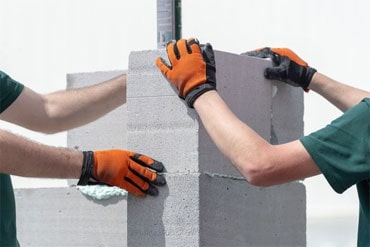 Aerated Concrete Block Industry
Aerated Concrete Block Industry  Brewery Industry
Brewery Industry  Captive Cogen Industry
Captive Cogen Industry  Chemical Industry
Chemical Industry  Dairy Industry
Dairy Industry  Edible Oil Industry
Edible Oil Industry 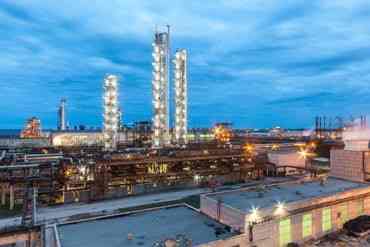 Fertilizer Industry
Fertilizer Industry  Hotel Industry
Hotel Industry 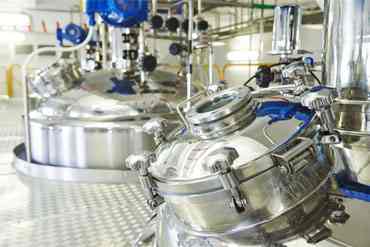 Pharma Industry
Pharma Industry 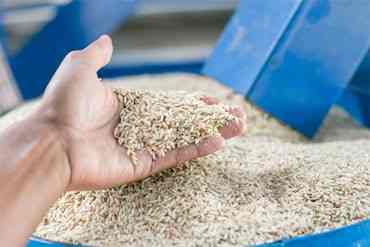 Rice Industry
Rice Industry 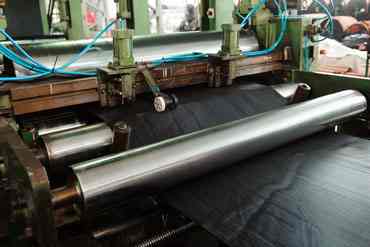 Rubber Industry
Rubber Industry  Soap Industry
Soap Industry  Sugar Industry
Sugar Industry  Textile Industry
Textile Industry 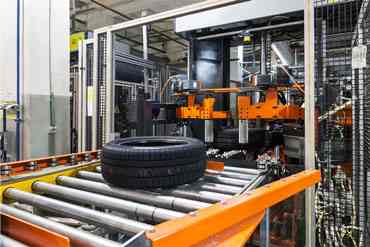 Tyre Industry
Tyre Industry